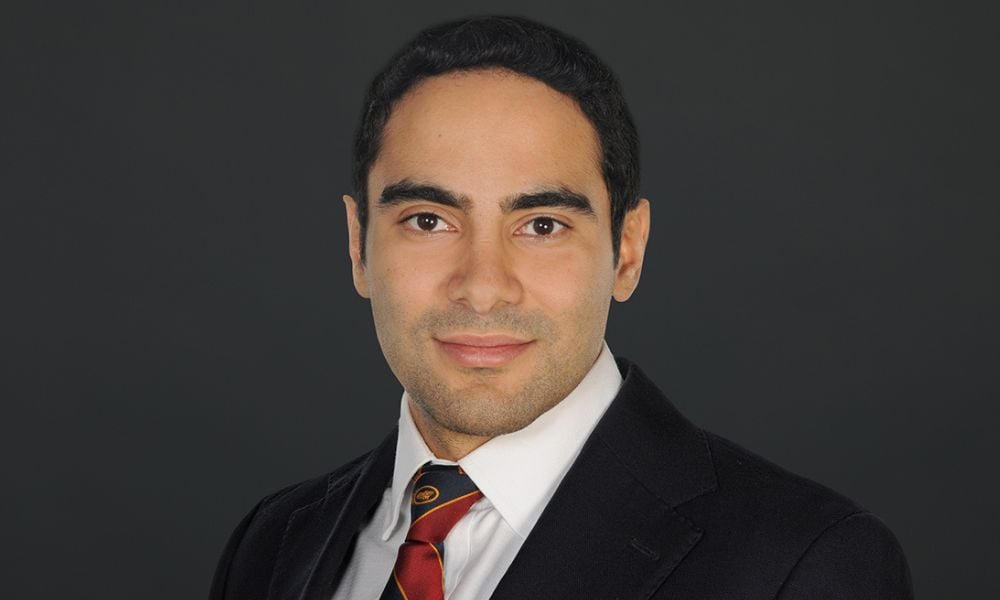Policy makers in developing countries haven't been as complacent as their counterparts, says portfolio manager

The Bank of Canada, the Federal Reserve, and other central banks in developed markets are fighting for credibility as they turn up the dial on their policy rates in an effort to rein in record inflation. Still, not all countries are behind the curve – especially when one looks at the world of emerging markets.
“Unlike developed market central banks, many emerging market central banks are not behind the curve in fighting inflation at the moment,” says Carlos de Sousa, EM Debt Strategist and portfolio manager at Vontobel Asset Management. “In fact, they have been hiking rates since last year, and they have hiked rates this year in a much, much more aggressive way than the Fed and other developed market central banks.”
The initial onset of the COVID-19 pandemic in 2020 was a remarkable time for EM central banks, according to de Sousa. At the time, they took the same cues as their developed market counterparts, acting counter-cyclically by cutting rates aggressively. That’s in contrast to many previous crises in the previous decade, when EM central banks have tended to hike rates to defend their currencies and avoid inflation.
“This time, because the uncertainty about the COVID crisis was so great, and the shock was so large, EM central banks acted in a way that was much more similar to developed market central banks,” he says.
EM and developed market central banks began to diverge in the second half of 2021. While the Federal Reserve and other central banks in the developed world believed inflation would be transitory, a lot of EM central bankers realized they had to take off the stimulus from their monetary policies to ensure inflation didn’t get out of hand.
Today, inflation has devolved into a global phenomenon. The magnitude of stimulus unleashed by the Fed and other policymakers across developed markets has reverberated across economies, leading to increased correlations in CPI rates across the planet even though EM central banks got a head start in adopting contractionary monetary policy positions.
“I think central bankers in emerging markets have been through a lot of cycles of high inflation throughout their careers. Most of them have seen CPI prints that are this high, and even higher, so they were more mindful of inflation spiraling out of control,” de Sousa says. “But if you look at the careers of people at the Fed or the European Central Bank, for example, it’s very different. In the developed world, inflation hasn’t been this high in about 40 years, and it’s been particularly low over the past decade. So central bankers in developed countries have tended to be more complacent.”
Some members of the emerging market world have captured headlines with devastatingly high rates of inflation. Sri Lanka has seen headline inflation soar above 50%; Argentina’s CPI is just north of 70%, while ordinary Turkish citizens are struggling under the crushing financial weight of near-80% inflation.
But those are outliers, according to de Sousa. An aggregate measure of inflation in EM countries, which takes the weighted average of the CPI in selected nations, has annual inflation in the EM world at 8.6% – only 0.4% above a similar aggregate measure of inflation for developed markets, and practically tied with the 8.5% inflation print for the U.S. in July.
“It's actually remarkable that the inflation rates are so similar,” he says. “Normally, emerging markets have higher inflation than the developed world, and it's actually abnormal how small the difference is right now.”
Some EM countries with a heavy weighting on the index have low double-digit inflation. Brazil most recently recorded CPI at 10.9%; the central bank policy rate there is already close to 14%. In Colombia, inflation is running at 10.2%, and while the policy rate there is still below 10%, de Sousa says it’s likely to go that high in a few weeks when the central bank makes its next decision.
Latin America’s moderately high average inflation of 9.9% stands in stark contrast to Asia, where de Sousa says aggregate inflation is relatively muted at 4.6%. But central banks in LatAm have also taken the most hawkish turns, which sets the stage for a quick cooling of prices down the line.
“I would expect inflation to actually decline quite quickly in Latin America next year,” he says. “I would not be surprised if inflation in a lot of developing countries were to fall faster than it does outside America.”



